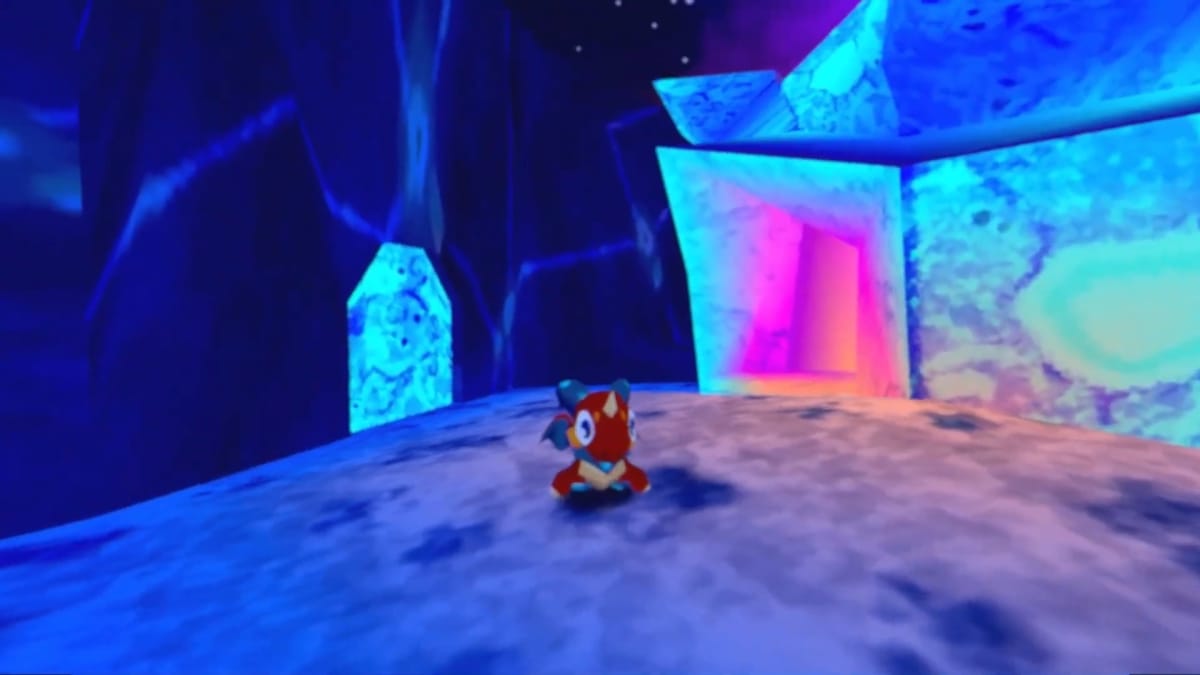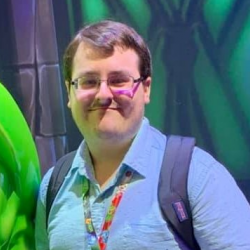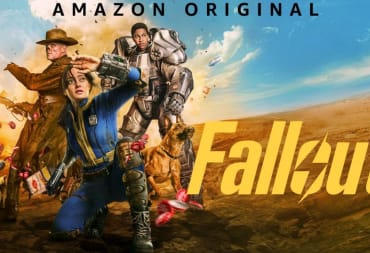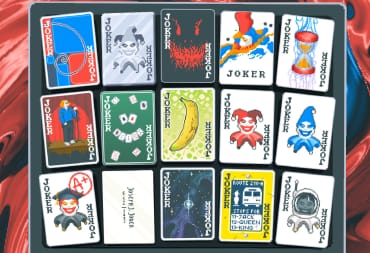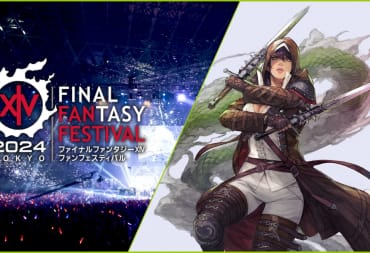You might just mistake it as Nintendo 64 game you glossed over two decades ago, but Cavern of Dreams is, in fact, a brand-new title. Taking a guise similar to that of the console's greatest 3D platformers, Cavern of Dreams looks and sounds authentic to the era. You won't have to blow the dust off the cartridge to play this one though.
The process to create such visuals is an intriguing story in itself, and developer Bynine Studio takes inspiration from many different sources -- sources fans of the genre will remember fondly. To learn more about Tyler McMaster and his process, read on and discover how Cavern of Dreams came to be.
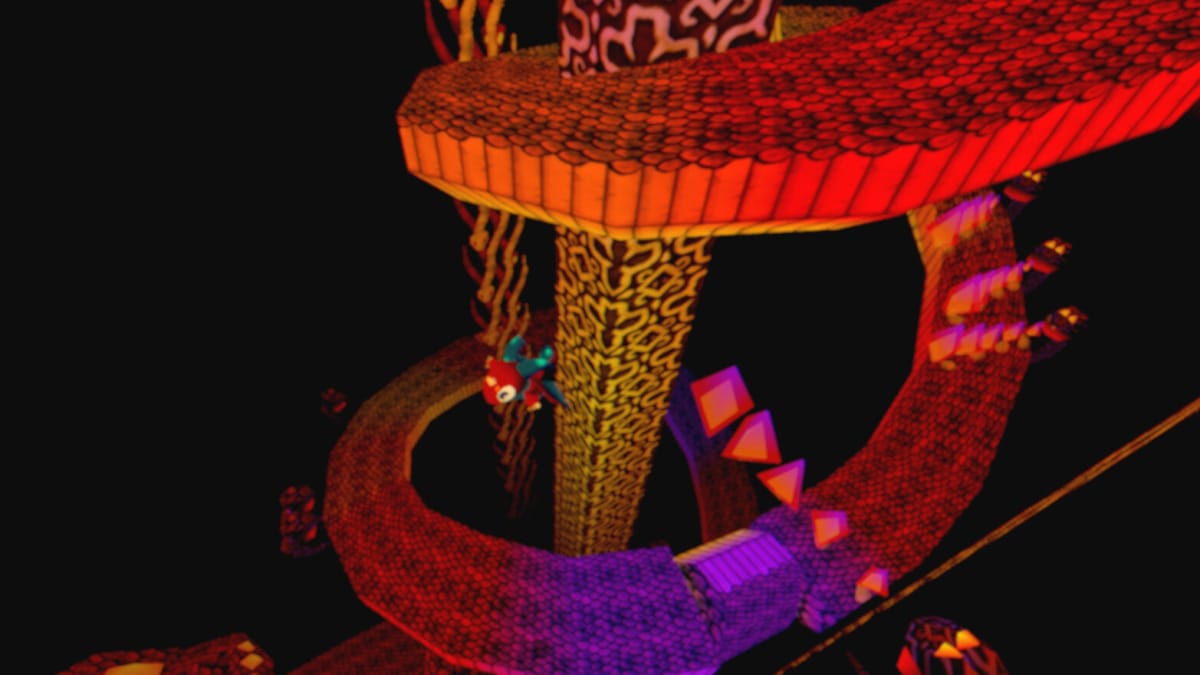
The Origins of Cavern of Dreams
Before Cavern of Dreams, McMaster's portfolio -- under the name of Bynine Studio -- comprised everything from platform fighters, 2D horror platformers, and even a self-described "faux-bootleg game." His ideas are all across the board and shows a great deal of creativity and diversity. Before his latest venture, McMaster developed a small title called Forest's Secret, which embodies his studio's philosophy when it comes to game design.
"I really like games that are living worlds," said McMaster. "I like games that you -- that respond to you -- and feel like you're making an impact in them."
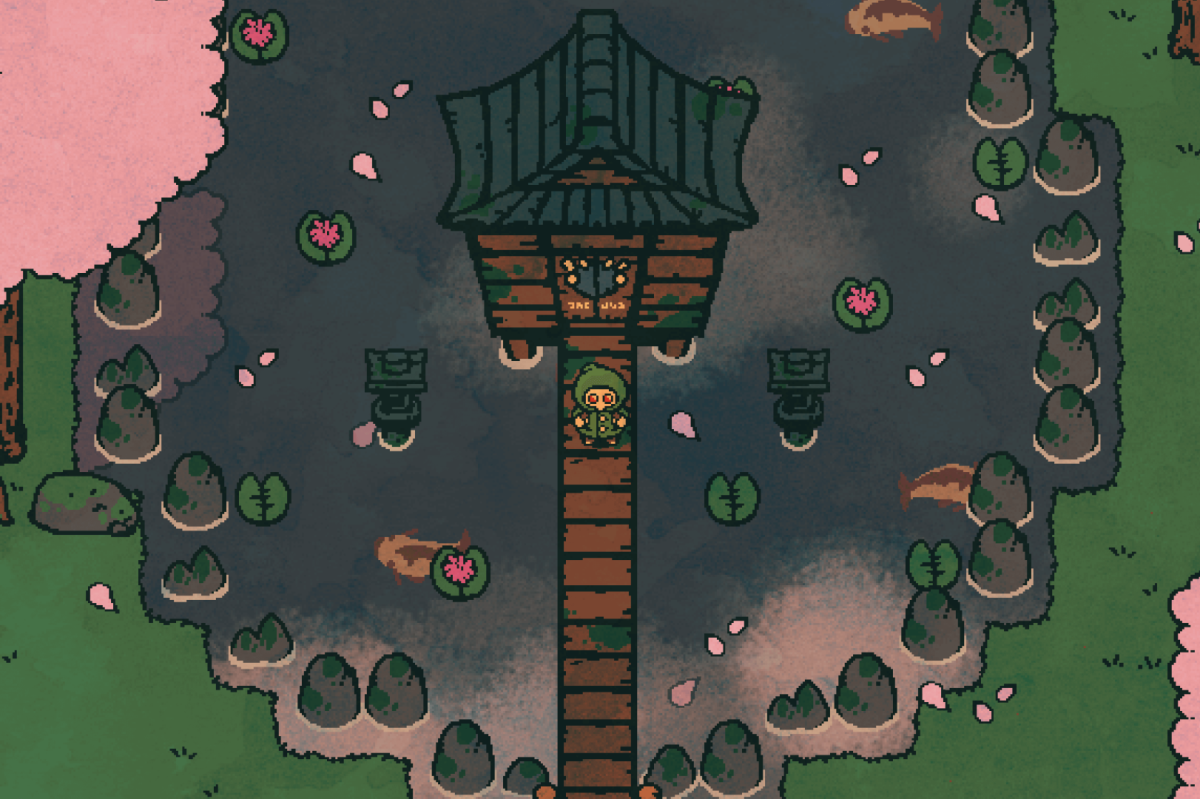
For obvious reasons, McMaster's itch.io page does not list the ROM hacks he's worked on. Nonetheless, these provided valuable experience when it came to developing Cavern of Dreams. Just by playing around with games such as Banjo-Kazooie through the use of ROM hacks made McMaster understand the structure and layout of levels, as well as how enemies behave, where cameras and pads are placed, and more. After all, if you're going to make your own N64-style platformer, what better place to look than some of the greats of the genre?
Beyond ROM hacks, Cavern of Dreams' creation process followed in a path similar to Shovel Knight. It was a game that set out to emulate a style of games from a bygone era. Taking elements from NES platformers and a few original ideas besides, Shovel Knight skyrocketed to heights no one would have expected. Although the success of Cavern of Dreams is yet to be determined, there is proof in the concept.
"I take a lot of different inspirations from a bunch of different and 64 games and kind of mash them together in a way that feels coherent and interesting," said McMaster.
As if McMaster was detailing a recipe for a delicious dish, he noted the different ingredients that went into making Cavern of Dreams. Banjo-Kazooie for its hub world and overall game structure, which he says is "very similar." Ocarina of Time and Majora's Mask for puzzle design. And of course, Donkey Kong 64. It wasn't so much the gameplay of Donkey Kong 64 that inspired McMaster so much as it was the visual style, which to this day holds a special place in the heart of fans. He cites the vibrant shading style of Donkey Kong 64 as a particular inspiration for Cavern of Dreams' visuals.
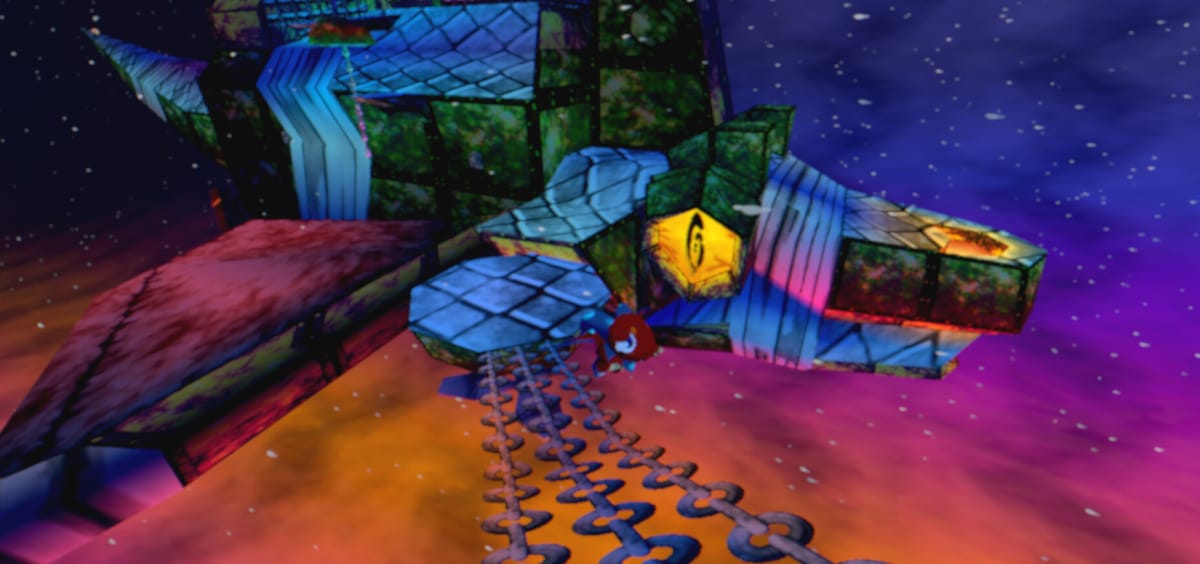
The Authentic Visuals of Cavern of Dreams
If you're like me, you're fascinated by modern day developers replicating old-school visuals. Something about Cavern of Dreams spoke to me, reminding me of my childhood when I'd play Super Mario 64, Gex: Enter the Gecko, and other 3D platformers. When asked how McMaster was able to replicate visuals in such a way, he said there are two big things, starting with how he handles low-resolution textures. This is done in two ways, the first of which is the use of bilinear or trilinear filtering. McMaster describes the process as taking a small 64-by-64 texture and stretching it.
"And two -- and this is one that outlets see a lot of people doing -- is called vertex shading, which I was touching on earlier," said McMaster. "It's basically the process of, instead of lighting the game with like, you know, light sources, you'll paint a map or a character, whatever, you'll paint them a certain color. And you can use that to imply lighting and you know, give different areas different color palettes to give them a different mood."
Another question nagging at my brain was if it was difficult to replicate old-school graphics. Back in the '90s, the style of Cavern of Dreams was cutting edge. Now? Not so much. It may not be surprising, then, that creating a style like Cavern of Dreams is much easier than more modern graphics. While he says he is a novice and this is his first big 3D project, McMaster emphasizes using this style is not so much a shortcut as it just makes things easier. With less polygons on models and environments, the workload is reduced.
"And when you're an independent developer working mostly solo," said McMaster, "you really need to take your opportunities, we can get them in terms of development time, and being able to iterate on something over and over and over and improve it a lot in a quick time. That's the way I work."
It's worth noting, as it was no doubt a problem developers back in the '90s faced: clarity can be a hurdle. With a limited amount of polygons and other factors, creating detailed characters and environments is restricted. At the very least, McMaster doesn't have to go through the process of making enemies and adding combat to Cavern of Dreams, which some may be surprised to hear. One aspect of Cavern of Dreams is that there is no combat to speak of; rather than having this cute, baby dragon fighting enemies, it's a game about exploration and experiencing the world.
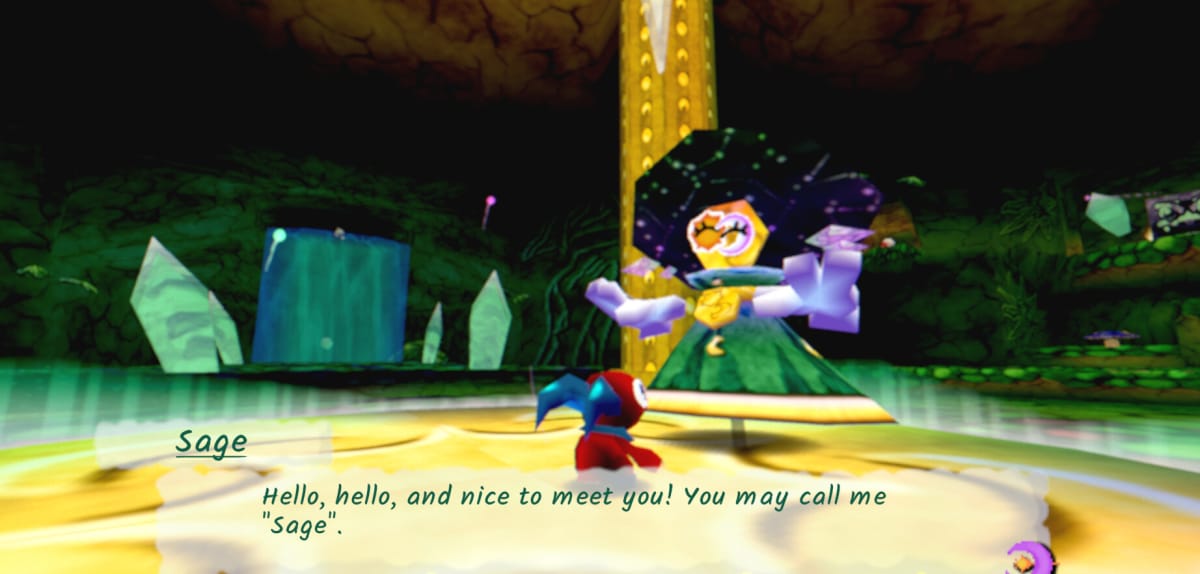
"It also helps differentiate the game from the games it's inspired by because I don't want to just copy them. I don't want to make a game that is just them. I want to make a game that can stand alongside them -- hopefully. That's a lofty goal, but that's my goal. And I think differentiating that in that way helps that a lot."
Though lofty, it's not an uncommon goal to stand among the greats of the genre. With other games popping up like Frogun, Super Kiwi 64, and even a Steam port of Glover, are we seeing a resurgence of the genre and art style? And why? As McMaster puts it, the key word is nostalgia. The individuals that grew up with these types of games now have the ability to create them, and big companies aren't making these kind of platformers.
"I think this style is great for small worlds, which are like, you know, nice and compact and dense. And I think if you had that compact, dense style, but with modern graphics, I think they would also look kind of uncanny," he said. "I think that this graphical style is popular with independent developers if they're trying to make that kind of game because it just works for it too."
Other than its faithful visual style, McMaster believes the story of Cavern of Dreams will help it stand apart from the rest, offering experiences we haven't seen in other 3D platformers. If you'd like to try out Cavern of Dreams for yourself, you can also play the demo on the Steam Next Fest starting on Feb. 6.
Have a tip, or want to point out something we missed? Leave a Comment or e-mail us at tips@techraptor.net
